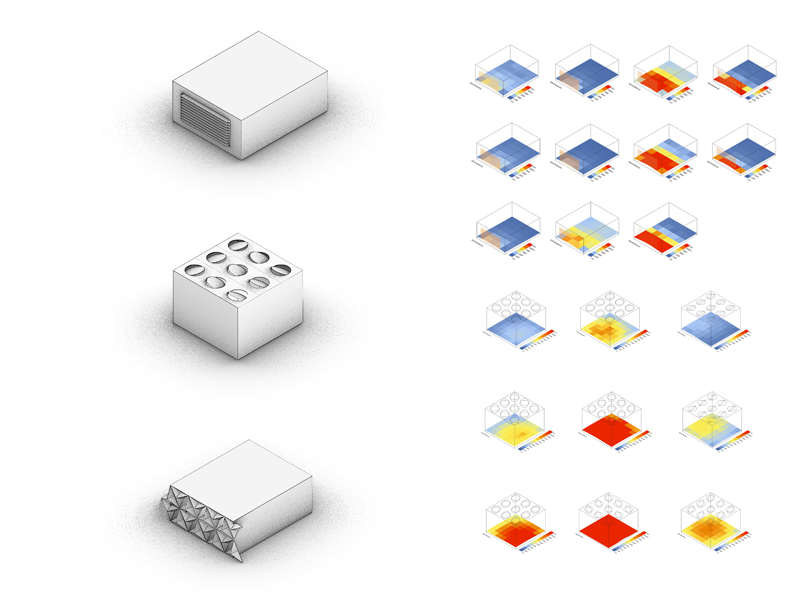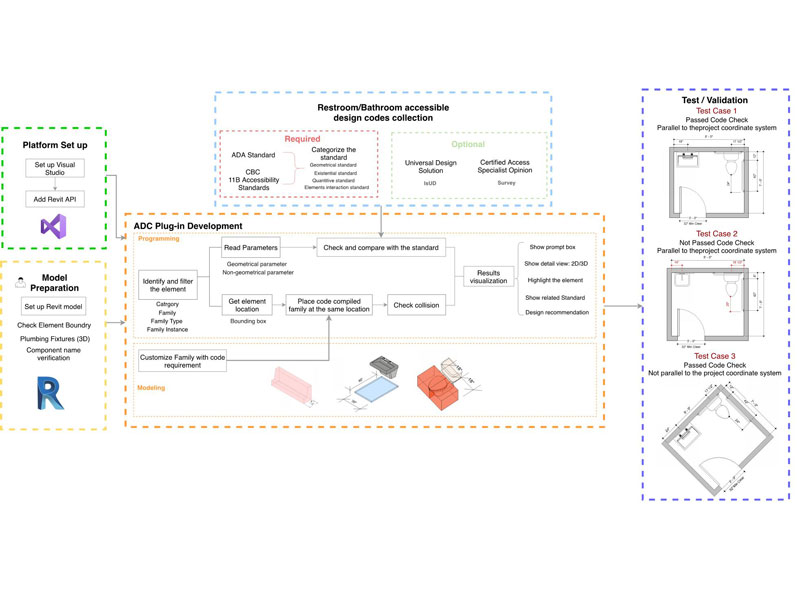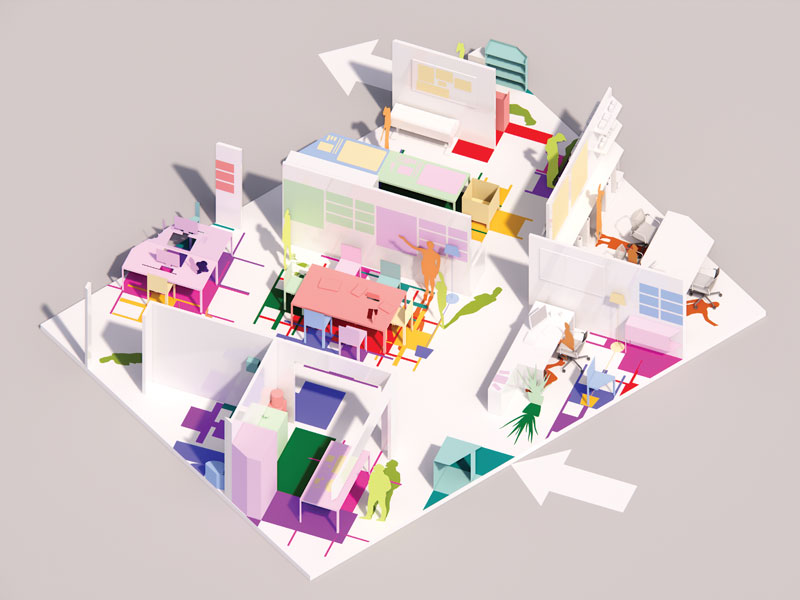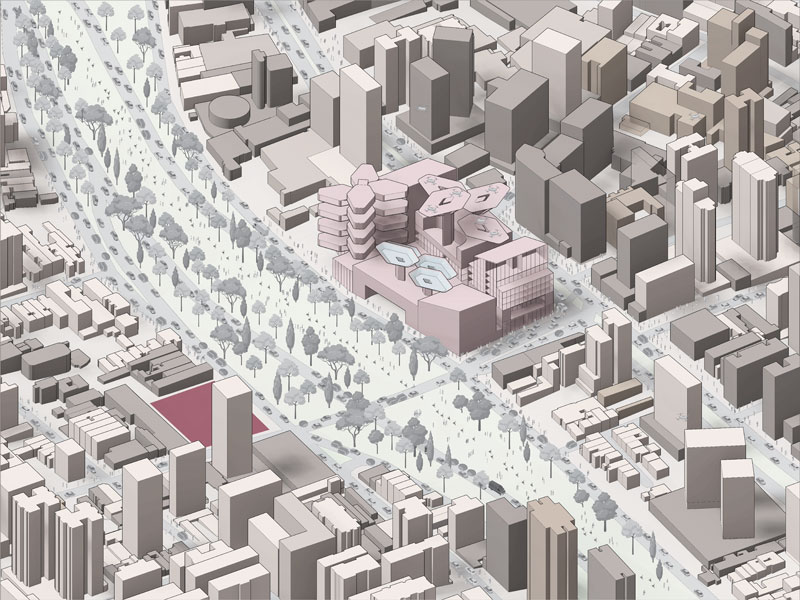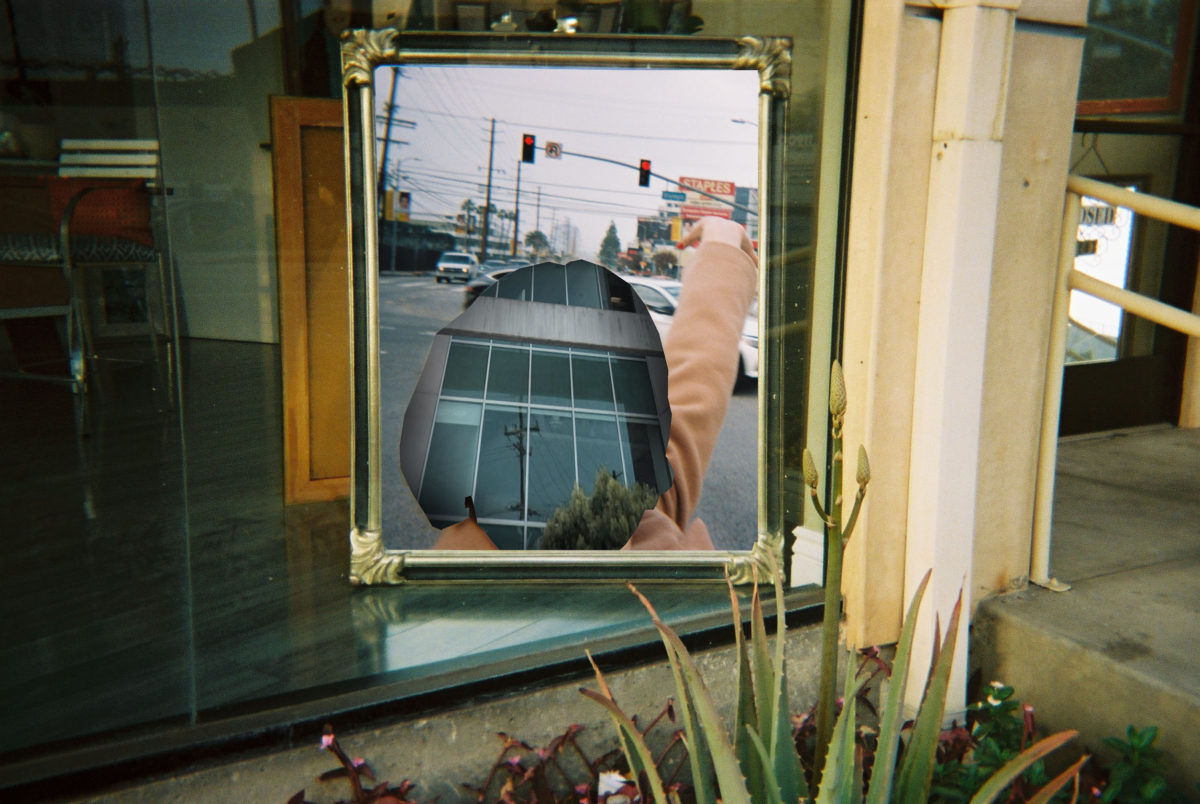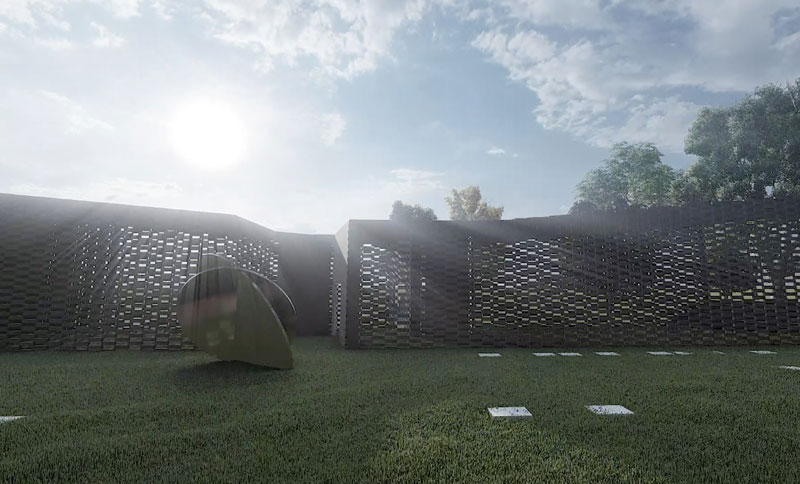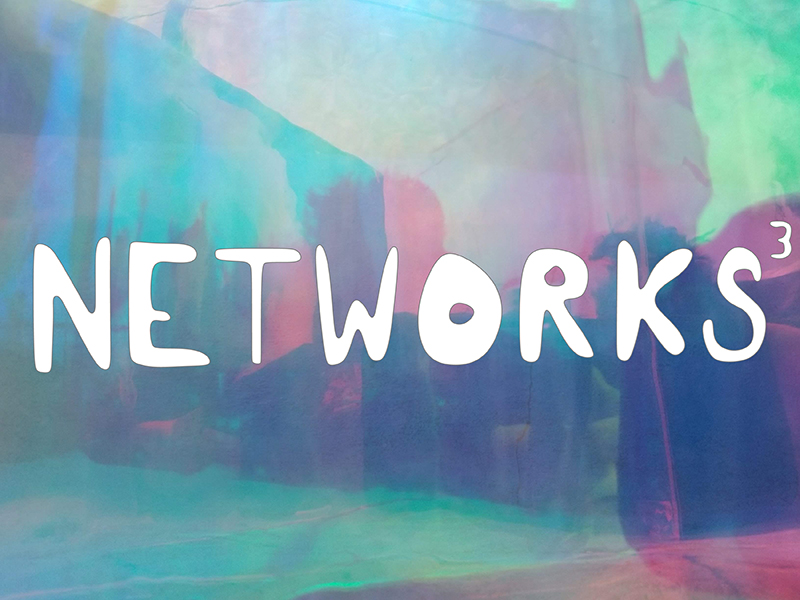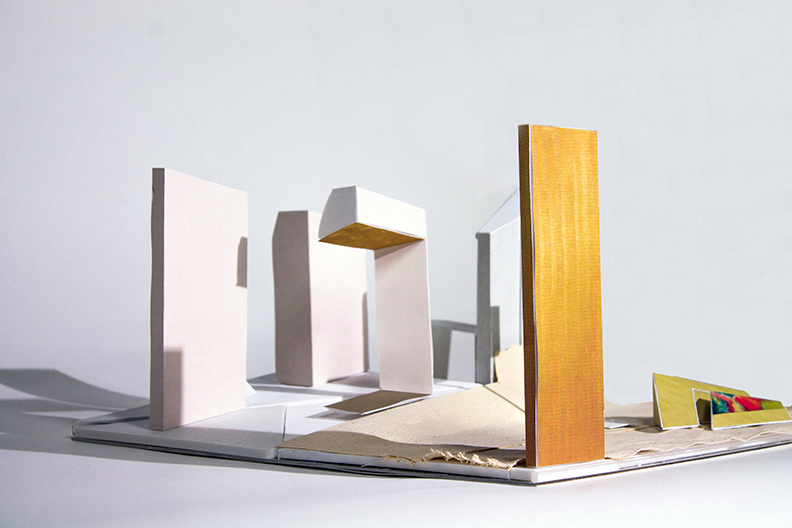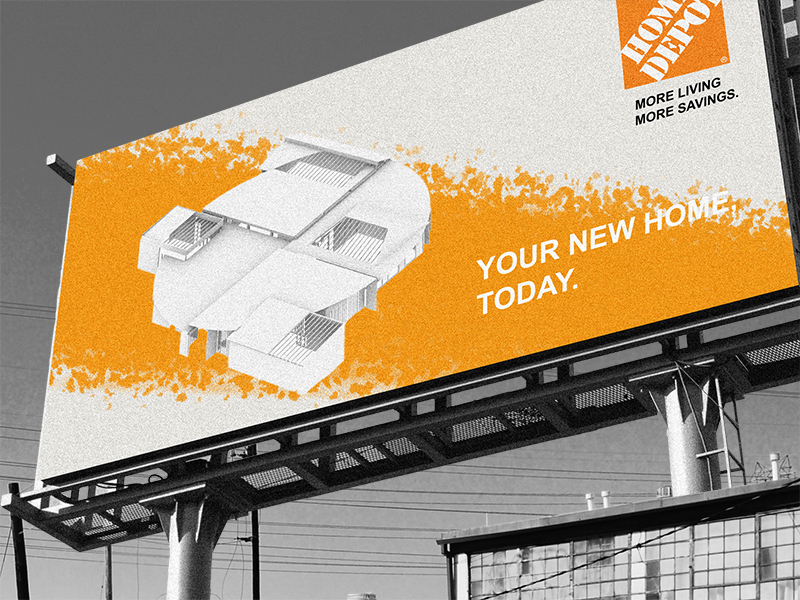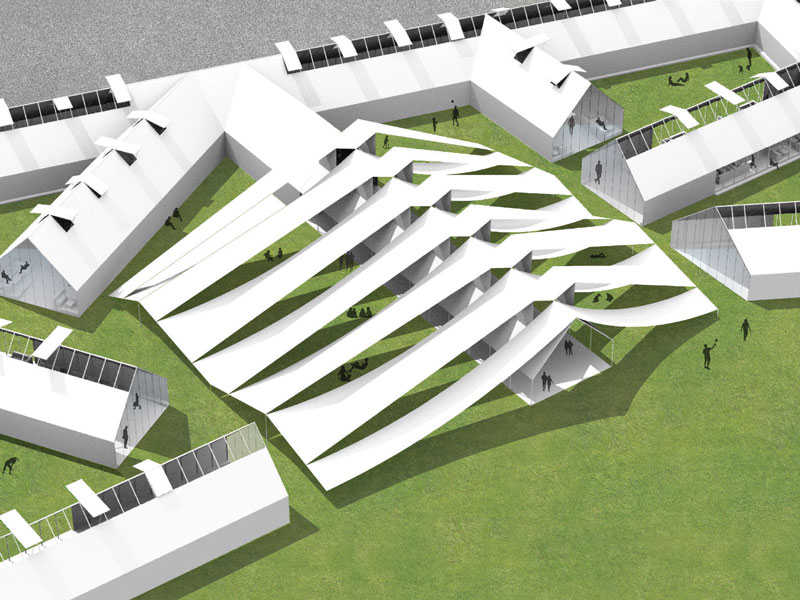The research focuses on the interior daylight environment analysis with kinetic façades in terms of daylight metrics by using parametric workflow. The process of parametric simulation can detect and investigate the existing advantages and deficiencies with respect to the daylight index. By processing simulation data, the workflow uses model-based predictive control as a control algorithm to operate the movable façade for better daylight effects, compared with the static counterpart of a kinetic façade, the research proposes the potential entry point or approach to improve the interior daylight condition. Beyond that, the research applies a systematic approach and integrative view to establish daylighting evaluation and improvement for testing and verifying the interior space daylighting performance of kinetic facades.
